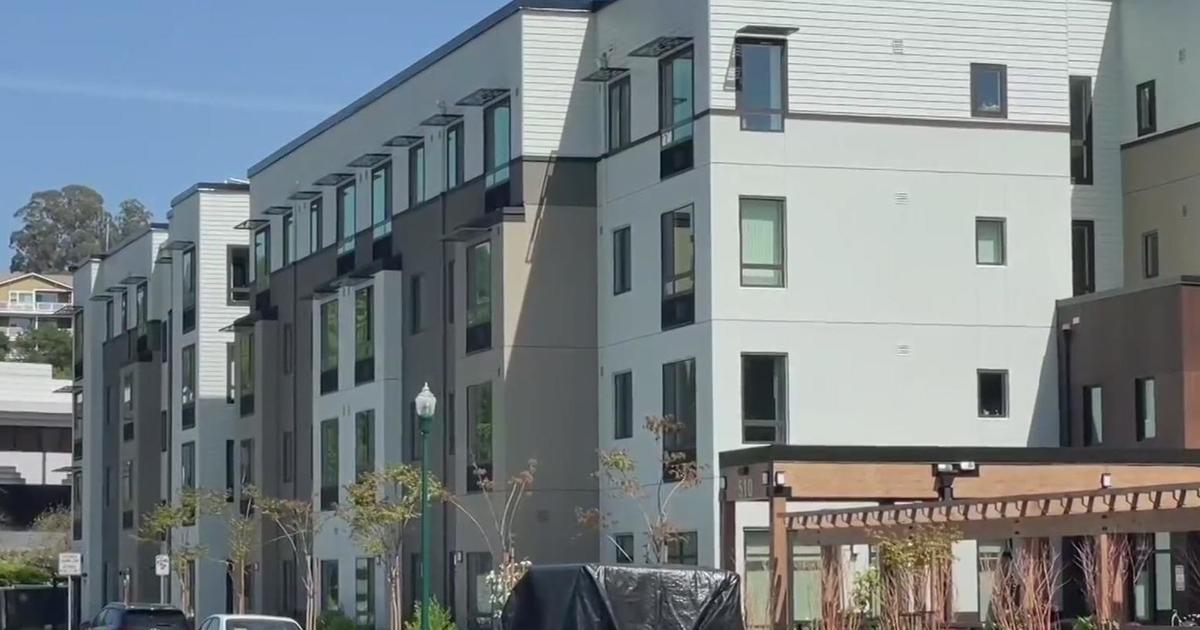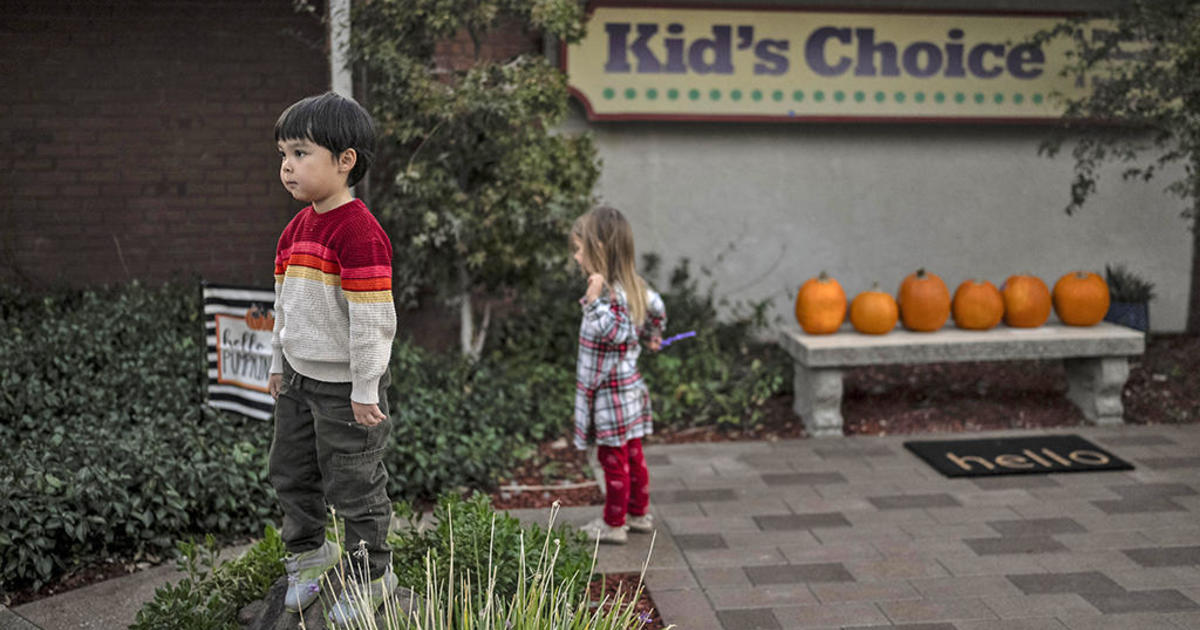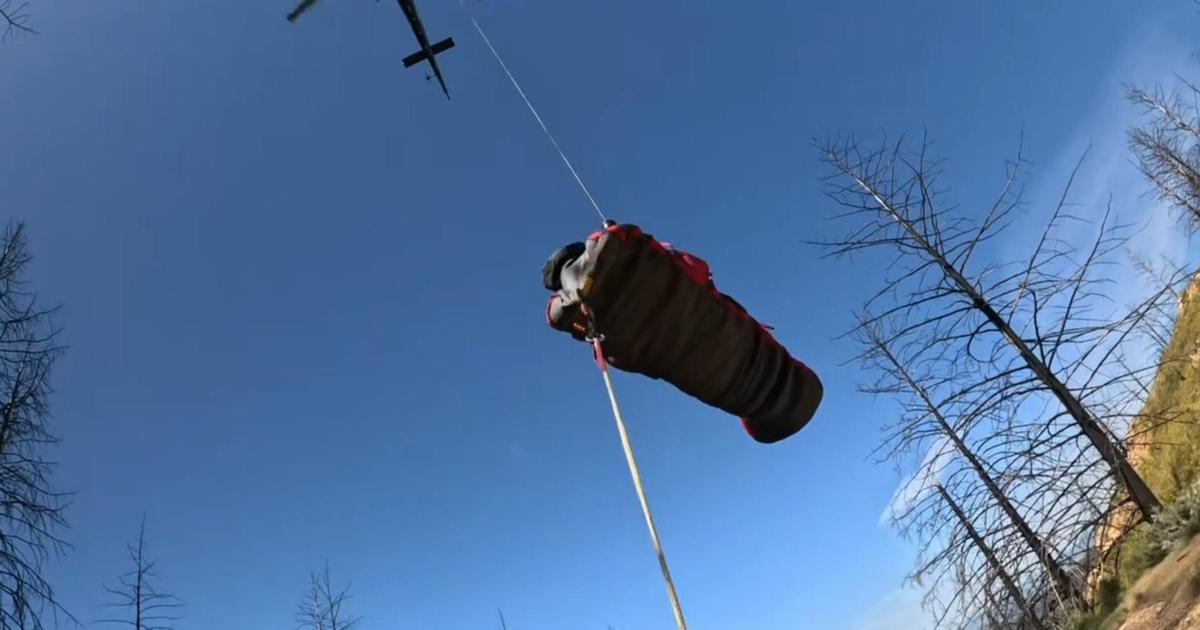California Releases Revised $68.4B High-Speed Rail Plan
FRESNO (CBS/AP) - Supporters of California's ambitious high-speed rail project began their hard sell with lawmakers and the public Monday after releasing an updated business plan that scales back the scope of the project and speeds up construction to save money, but still relies heavily on speculative funding sources that might never materialize.
In addition to money from voter-approved bonds and startup funds from the federal government, the plan hinges on receiving billions more from a skeptical Congress, fees from an untested cap-and-trade system that is at the heart of California's effort to reduce greenhouse gas emissions and unnamed private investors to jump aboard and risk their own money once construction begins.
KCBS' Chris Filippi Reports:
The updated proposal speeds completion of the nation's first true high-speed rail system to 2028, about five years earlier and $30 billion less than projected in a draft plan released last fall by the California High-Speed Rail Authority. But the $68.4 billion price tag is still $23.4 billion higher than the plan voters approved four years ago.
Without concrete sources of future financing, the project could receive a rocky reception in the Legislature, which will consider allocating the initial bond money later this year.
The revised plan would save money by merging the bullet train with existing commuter rail lines in the San Francisco Bay Area and Los Angeles basin, where tracks would be electrified. Nearly $1 billion in voter-approved bonds is available for upgrades to existing tracks, which officials say would speed up rail service and possibly generate more riders.
When the first phase is completed, the system will stretch 520 miles from San Francisco to Anaheim, with trains hitting speeds of 220 mph in the sparsely populated Central Valley.
KCBS, CBS 5 and SF Chronicle Insider Phil Matier Reports:
"This project, like the state highway system or the water project, will transform the California economy and help it remain one of the most innovative in the world," Michael Rossi, a member of the rail authority's board and a senior adviser on jobs and business for Gov. Jerry Brown, said during a Fresno news conference.
Brown, a Democrat, has asked the rail authority to revamp its earlier proposal and make construction quicker and cheaper after the earlier draft plan said the project's cost had more than doubled to $98 billion. Voters were told the entire system would cost about $45 billion when they authorized the bonds in 2008.
Yet the latest plan still appears to rely heavily on highly questionable federal financing and private-sector investment, said Sen. Joe Simitian, D-Palo Alto.
"We've seen numbers in the $30 billion, $40 billion, the $90 billion range, and now we're back in the $60 billion range," Simitian said. "I think there is understandably both some confusion and skepticism about what is the system going to cost, and then there's the question of where is the money going to come from?"
The revised plan released Monday said the rail system is projected to operate without a public subsidy and be economically viable even at the lowest projected ridership.
In all, only about $12.5 billion in financing has been secured for one of the largest public works programs in decades—the $9 billion in construction bonds approved by voters in 2008 and $3.5 billion in money from the federal stimulus program.
The new plan also assumes an additional $4 billion from the federal government over the next 10 years, despite significant congressional opposition.
The bulk of the remaining cost would come from fares and private financing, with any shortfall filled by tapping into California's new industrial "cap-and-trade" program to reduce greenhouse gas emissions. Environmentalists who supported that program and critics of high-speed rail have questioned whether that money can be used for such projects.
Dan Richard, chairman of the high-speed rail board, said the governor and Department of Finance believe the cap-and-trade fees are a legally viable funding source.
Sen. Doug LaMalfa, R-Willows, a critic of the high-speed rail plan, called the latest proposal a "bait-and-switch" with a $55 billion funding gap. He is promoting a ballot petition seeking to repeal the 2008 ballot measure.
Jon Coupal, president of the Howard Jarvis Taxpayers Association, said the chance of significant funding materializing is slim, with Republicans in Congress lined up against the rail project and no identified private investors.
"It is clear that this project is not the project that was presented to voters in 2008, and if it is to be pursued it needs to go back on the ballot," said Coupal, who co-authored the ballot arguments against the bonds in 2008.
The plan says that although taxpayers will foot the bill for much of the initial construction, private operators eventually will take over. Some profits from operating the system's initial sections will be used to pay for building new ones.
"The private sector has expressed a lot of interest already," Richard said. "But they needed to see the ridership and once they do, at that point they will be much more interested."
The initial phase will link the Central Valley city of Merced and the San Fernando Valley by 2022, expanding on what originally had been proposed as a 130-mile Madera-to-Bakersfield section that critics had lampooned as a "train to nowhere."
Brown ordered the board to rethink its previous proposal as polls showed a majority of voters wanted to reconsider the $9 billion in startup funding they authorized four years ago.
The latest plan will go before the full high-speed rail board on April 12 and, if approved, to the state Legislature. Brown is expected to ask lawmakers to appropriate $2.3 billion in rail bonds to begin construction of the first phase next year.
(Copyright 2012 by CBS San Francisco. All Rights Reserved. This material may not be published, broadcast, rewritten, or redistributed.)



